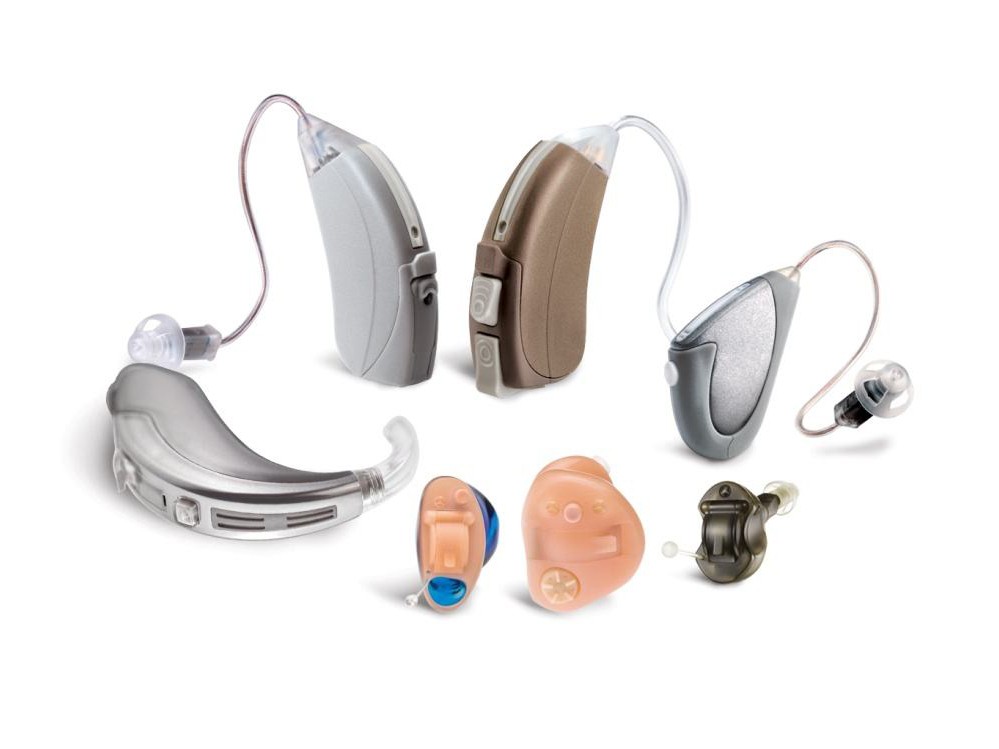Four misunderstandings of matching hearing aids
Hearing aids are now the most effective tool for solving hearing impairments. Most hearing aids (all digital) are now imported or foreign brands. For ordinary people: hearing aids are far away from us. There is no need to understand it, to know it, to have hearing impaired, or to have hearing impaired relatives and friends. It is especially important to know and understand the relevant knowledge of hearing aids. People often have many misunderstandings when they are equipped with hearing aids.

Myth 1: My hearing is okay. There is no need to match it now.
There are many people who think that their hearing is OK and they are not willing to accept the help of hearing aids. In fact, this is not true. Generally, hearing loss is required to be equipped with hearing aids below 40db. In theory, hearing aids can delay the phenomenon of hearing loss and keep the original. Speech recognition ability.
Myth 2: I don't have to have a digital hearing aid. Just buy a box or a simulation.
The sound of digital hearing aids is not only clear, but also protects the patient's residual hearing. Today's mainstream digital hearing aids basically use a wide dynamic compression amplifier circuit called WDRC, which can improve the sensorineural hearing loss. The patient's dynamic range ensures that the hearing aid can be adapted to a variety of acoustic environments. Its amplification principle is: small sound amplification is large, and the amplification is small, and the useful signal is compressed into the narrow dynamic range of the hearing-impaired patient due to hearing loss. With the diversity of curves, single-channel compressed hearing aids are difficult to accurately match the hearing loss of patients at various frequency points. Multi-channel compression is more targeted than single-channel compression.
Myth 3: Is it possible to choose a big brand multi-channel high-priced hearing aids like normal people?
As the name suggests, hearing aids are a kind of hearing aid. No matter how good it is, it can't replace a pair of good ears. Because it is a machine after all, the hearing loss people often spend a lot of money and finally fail to meet their expectations. The ideal effect will have a feeling of being deceived. It is the same as making a denture. Multi-channel hearing aids are theoretically better than single-channel hearing aids. Multi-channel hearing aids are now the main propaganda method for manufacturers and fitting centers. For the definition of channels, each manufacturer has its own set of explanations. There are dozens or dozens of channels, and some brands have more than a dozen channels of hearing aids. There are only a few channels that can be adjusted. Most Chinese people are not very familiar with hearing aids. When choosing a brand, try to choose a professional brand, especially when you give your child a hearing aid, you must choose a professional hearing product.

Myth 4: Both ears have hearing loss and only wear a hearing aid
70% of patients with a single ear wearing a hearing aid are not satisfied with the later results, especially in environments with large ambient noise or noisy people. They often complained about how I wore a hearing aid: "I can't hear what people are saying?" This phenomenon often exists in patients with hearing aids on a single ear. Often the responsibility is pushed to the hearing aid, saying that the hearing aid is not good, many experts and experiments prove that the wearing of the hearing aid can significantly improve the speech recognition rate, improve the signal to noise ratio, more direction than the single ear, can increase The three-dimensional sound makes the sound clear and full.
category
